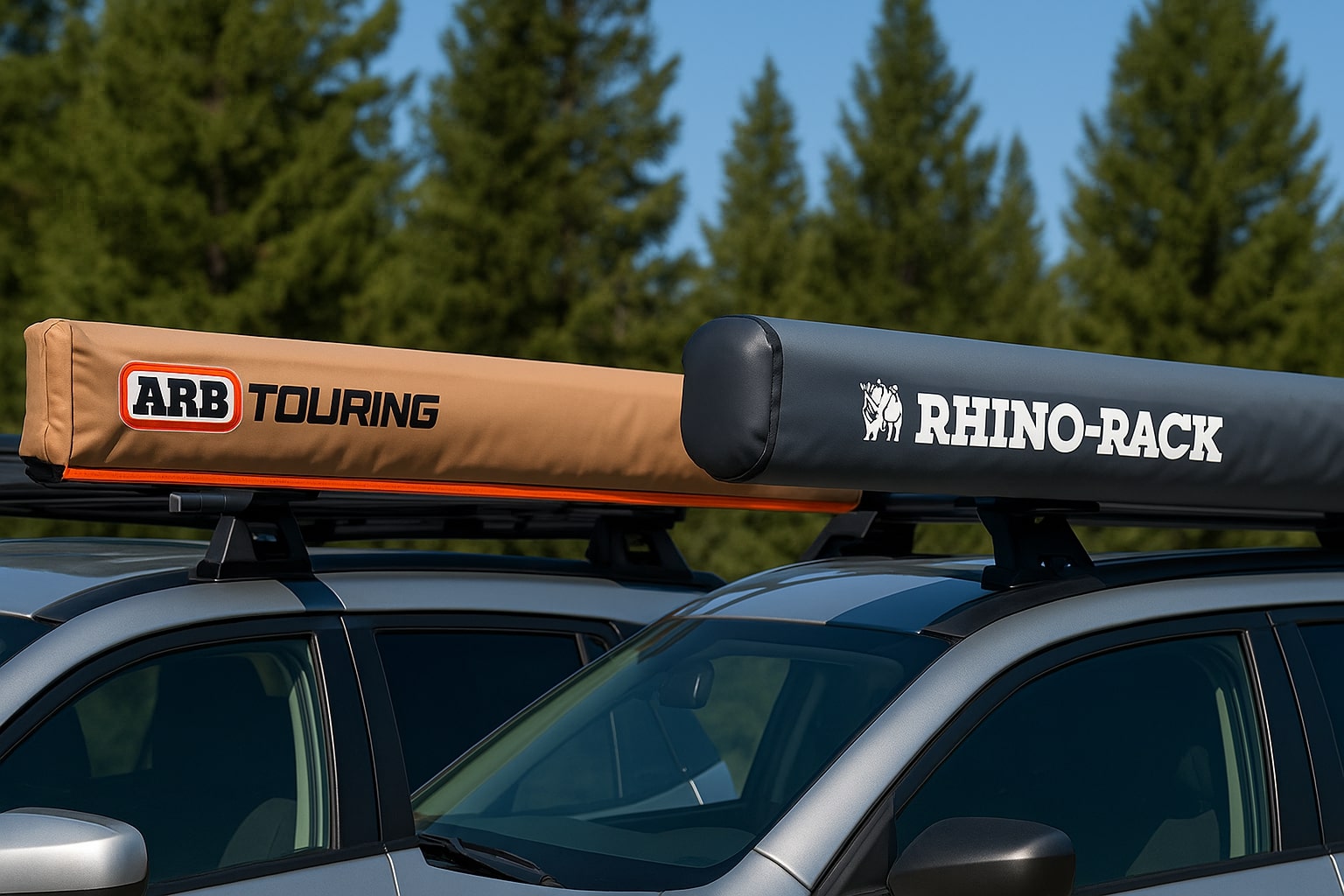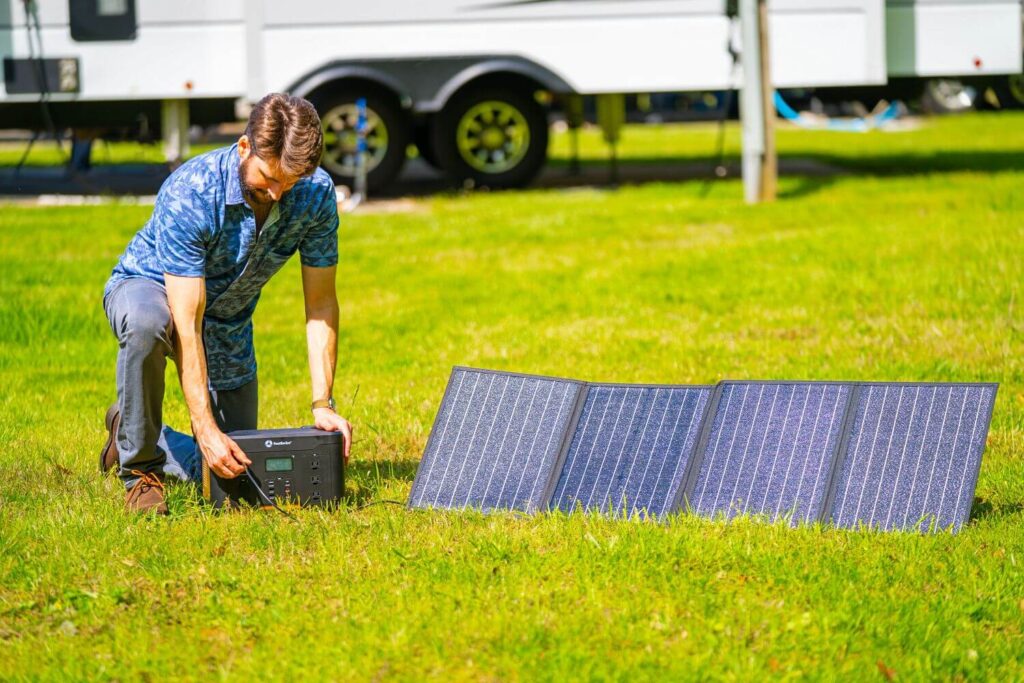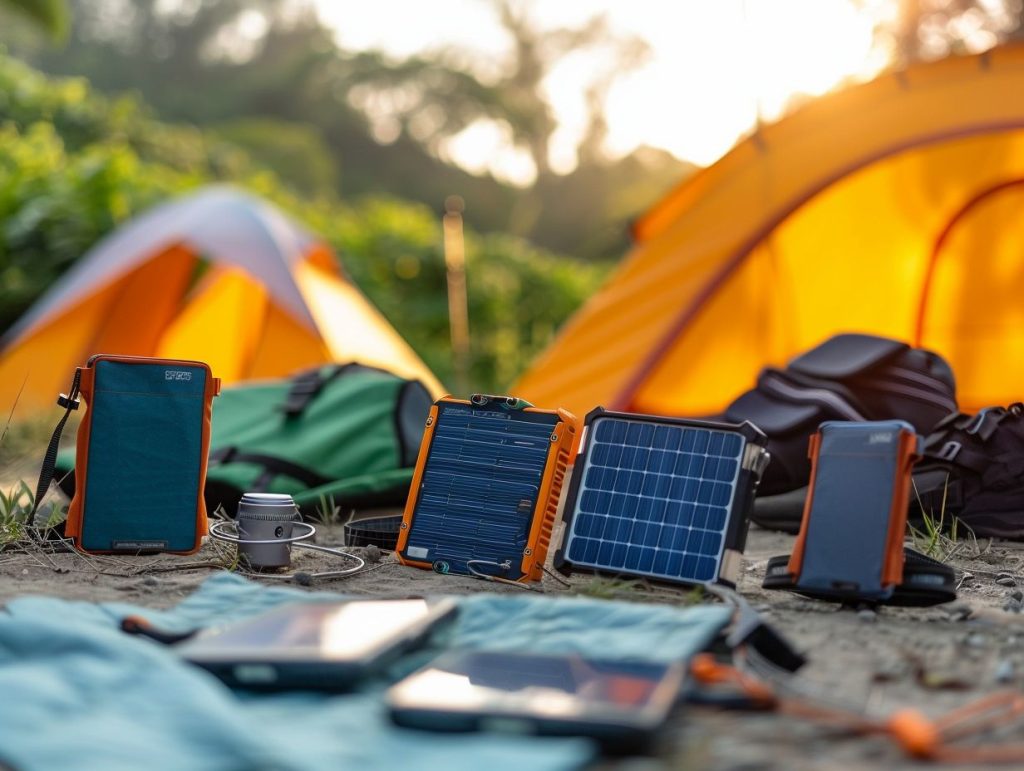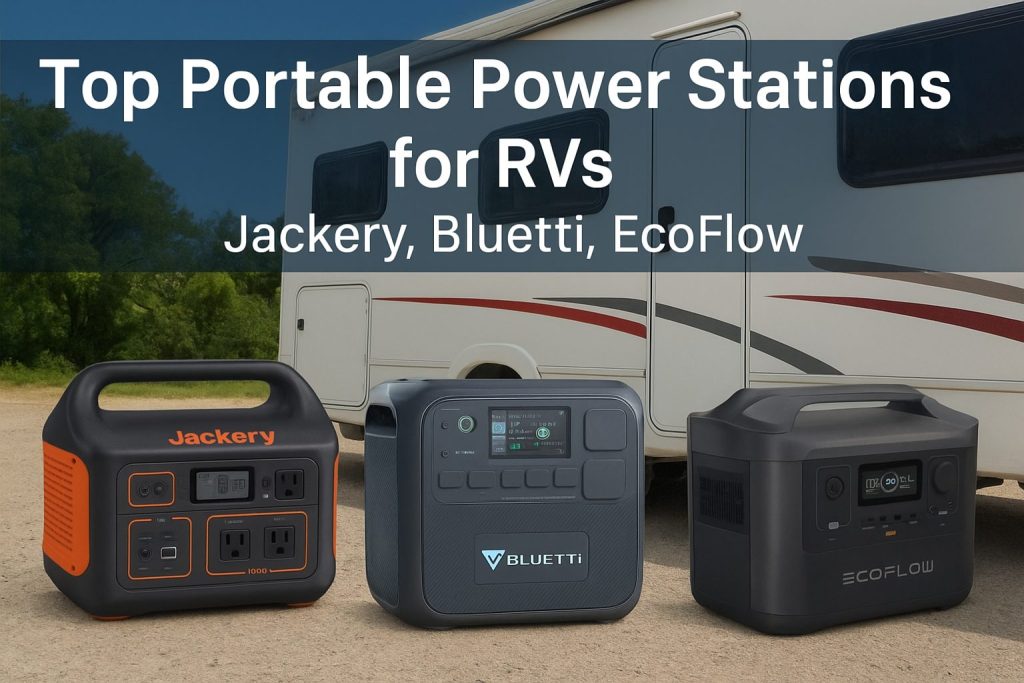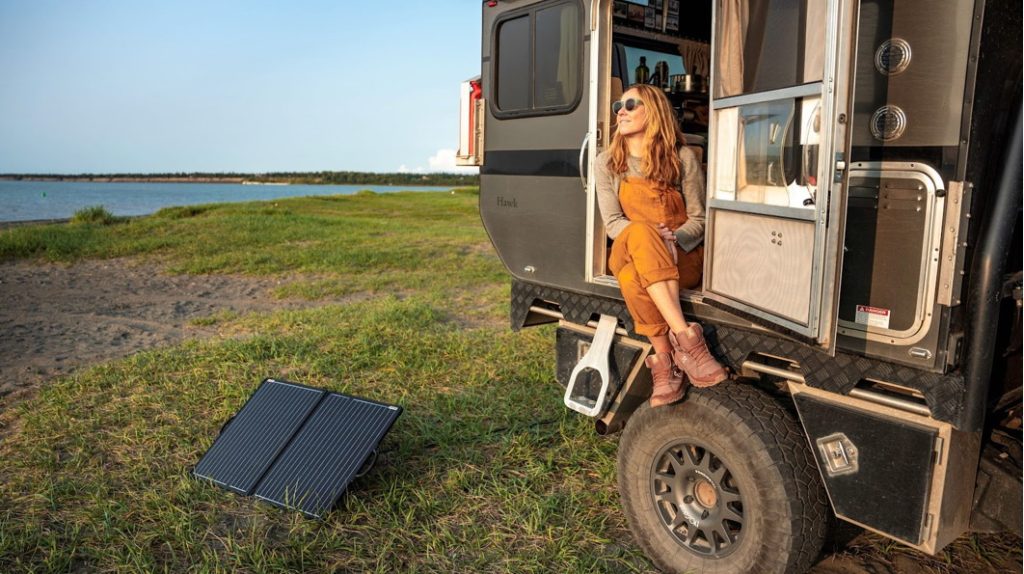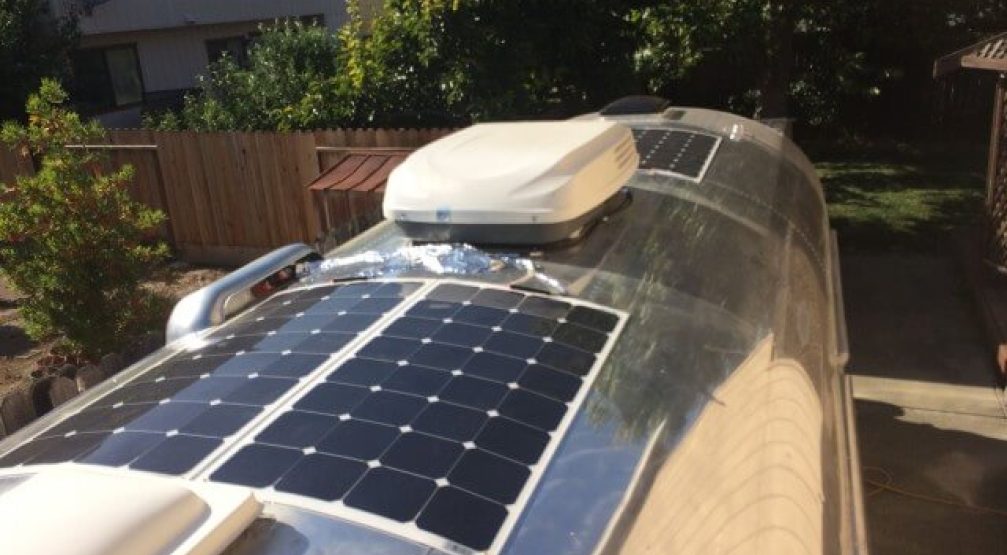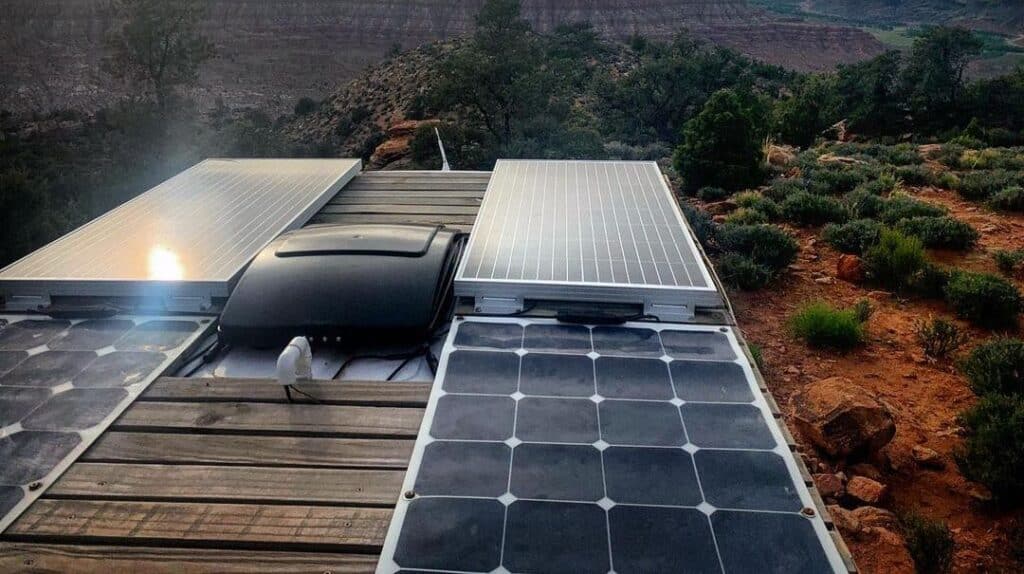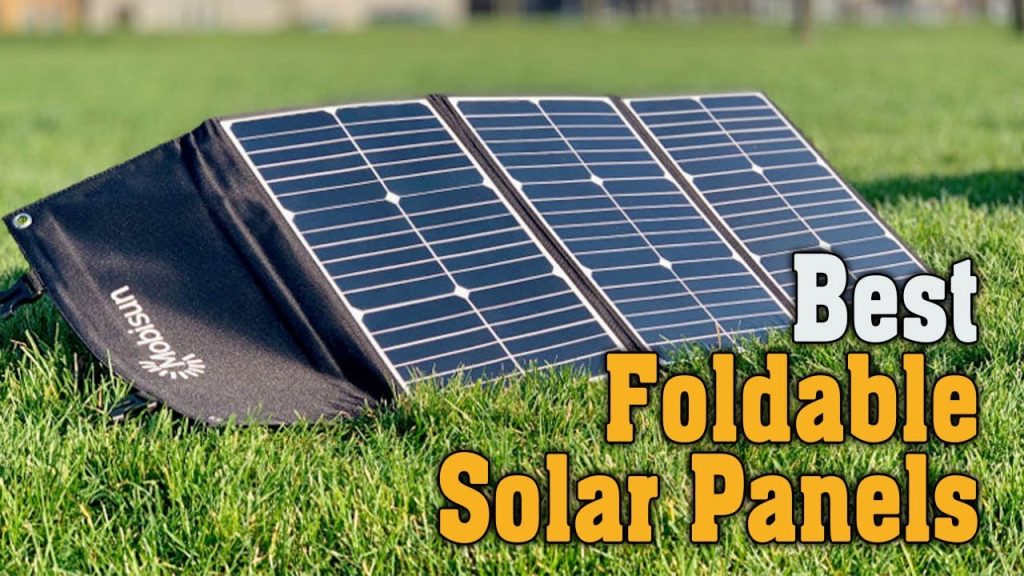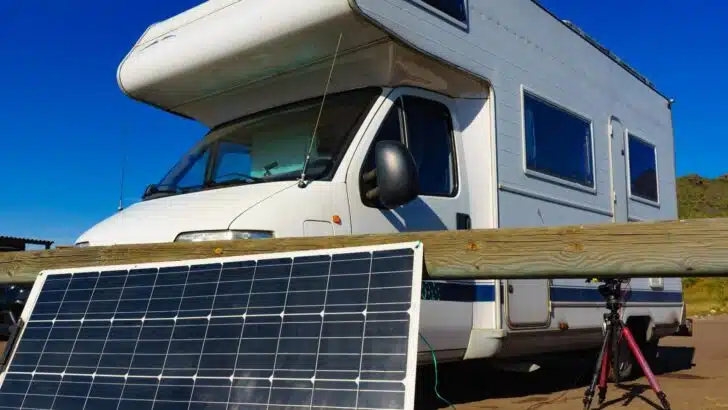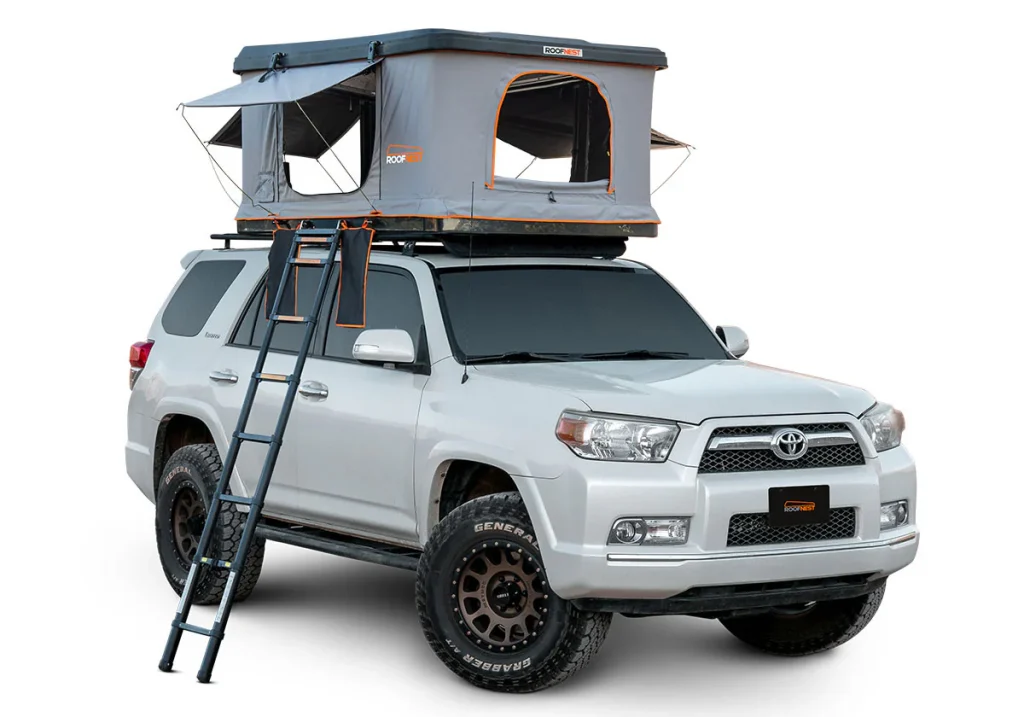If you’re serious about overlanding, you already know that shelter isn’t just a luxury—it’s a necessity. Whether you’re caught in a midday desert sun, surprise mountain rain, or whipping wind on a cliffside camp, an awning can be the difference between a miserable and a memorable trip. In the world of overland gear, two names dominate the awning space: ARB Touring Awnings and the Rhino Rack Batwing Awning. Each offers unique strengths and limitations, but which one truly deserves a place on your rig?
This in-depth comparison of ARB Touring Awning vs Rhino Rack goes beyond surface-level specs. We’ll explore materials, design, performance, ease of installation, accessory support, real-world usability, and more—so you can make the right decision for your overlanding adventures.
Why You Need a Quality Overland Awning
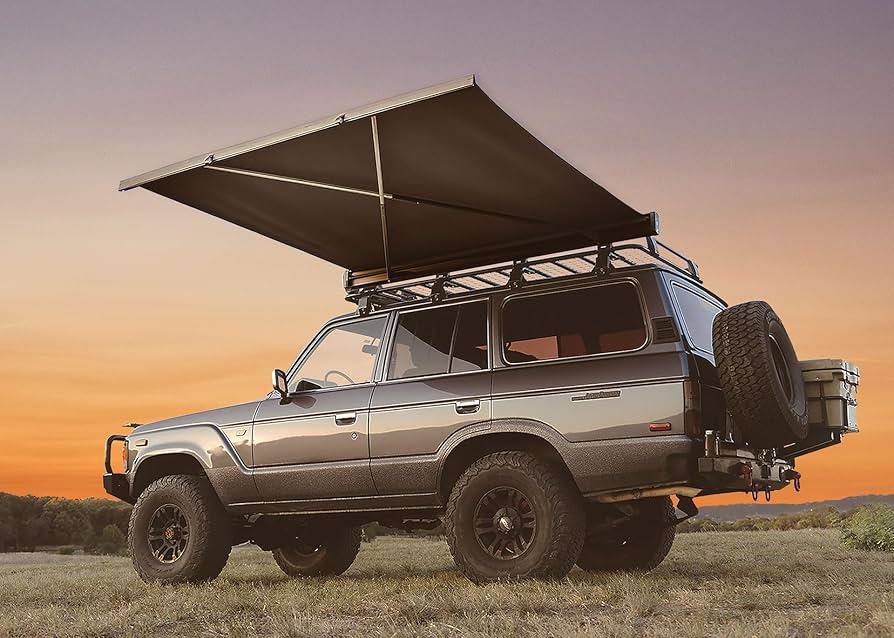
Before diving into the specifics, it’s essential to understand why a quality awning matters in the first place.
Overlanding takes you off the beaten path, often to remote and unpredictable environments. A dependable awning:
-
Provides shade from scorching sun
-
Shields you from rain, wind, and snow
-
Expands your living and gear storage space
-
Offers privacy when paired with side walls or screens
-
Creates a more comfortable, versatile basecamp
Whether you’re cooking, relaxing, changing clothes, or just avoiding bad weather, an awning quickly becomes one of the most-used and appreciated pieces of gear on your vehicle.
Overview: ARB Touring Awning vs Rhino Rack
Both ARB and Rhino Rack have strong reputations in the overlanding and off-road communities.
-
ARB is an Australian brand known for its rugged gear, tailored for harsh terrain and serious off-roaders.
-
Rhino Rack, also an Aussie brand, has gained popularity with its lighter-weight modular systems that balance performance and usability.
Here’s a quick at-a-glance comparison of the two:
| Feature | ARB Touring Awning | Rhino Rack Batwing |
|---|---|---|
| Shade Coverage | Straight-wall, rectangular | 270-degree wrap-around |
| Frame Material | Anodized aluminum | Lightweight aluminum |
| Fabric Type | Poly/cotton canvas blend | Ripstop polyester |
| Weather Resistance | High (waterproof + UV) | High (waterproof + UV) |
| Setup Time | 5–10 minutes | 10–15 minutes |
| Accessories | Extensive (walls, rooms) | Moderate (walls, extensions) |
| Mounting Compatibility | Best with ARB roof racks | Versatile mounting options |
| Ideal Use | Heavy-duty, long-term | Quick stops, lighter use |
| Price Range | $280 – $450 | $300 – $550 |
Let’s now break them down in detail.
ARB Touring Awning Review

Key Features
ARB’s Touring Awnings are built for the toughest conditions, as you’d expect from a brand that has outfitted expedition vehicles for decades.
-
Heavy-Duty Canvas Fabric: A waterproof, UV-treated poly/cotton ripstop canvas offers excellent protection against weather while being breathable and durable.
-
Aluminum Frame: Strong anodized aluminum poles and rafter arms keep the awning secure, even in high wind.
-
Multiple Sizes: Available in several widths (1250mm, 2000mm, 2500mm), making them ideal for all vehicle types.
-
LED Lighting (optional): Some models include integrated dimmable LED lighting strips in the aluminum housing—convenient for nighttime cooking or hanging out.
-
Simple Setup: Telescopic legs and built-in guy ropes make for a fast and stable setup.
ARB Awning Pros
-
Built Like a Tank: These awnings are designed for real-world abuse—from the outback to mountain trails.
-
Excellent Weatherproofing: No leaks or flapping corners here—the canvas is thick and reliable.
-
Massive Ecosystem of Accessories: Attach a mosquito room, windbreak, or full awning room with flooring to turn your awning into a living space.
-
Stability in Wind and Rain: It holds its shape and ground better than most.
ARB Awning Cons
-
Heavier than Competitors: Canvas and aluminum = excellent durability but more weight.
-
Higher Price for Full Setup: Once you add walls or lights, it gets pricey.
-
Mounting Can Be Tricky: Especially if you don’t use ARB racks—extra brackets may be needed.
Rhino Rack Batwing Awning Review

Key Features
The Rhino Rack Batwing awning is a clever 270-degree design that offers wraparound coverage from the side to the back of your vehicle.
-
270° Shade: Covers up to 11 square meters, creating a wide space ideal for group setups or large cooking areas.
-
Ripstop Polyester Fabric: Lightweight yet weather-resistant with UV50+ protection.
-
Integrated Poles and Pegs: Fold directly into the housing, minimizing setup time.
-
Modular Accessories: Add side walls or extensions for enclosed space or wind/rain protection.
-
Eco-Friendly Fabric: Made from recycled materials—bonus points for sustainability.
Rhino Rack Pros
-
Fast Setup: Once mounted, setup takes under 10 minutes solo.
-
Wraparound Design: Ideal for rear-hatch campers, kitchen setups, or full-vehicle coverage.
-
Lightweight: Won’t overload your rack or affect vehicle handling.
-
Flexible Mounting: Works with a wide range of crossbars and platforms.
Rhino Rack Cons
-
Stability in Wind: The extended design can catch more wind; guy lines are essential.
-
Setup in Tight Spaces: Needs more clearance to swing open the 270° frame.
-
Fewer Accessories: Fewer room options and no LED integrations.
Side-by-Side Comparison: ARB vs Rhino Rack
Let’s compare their performance in real-world conditions across key categories:
1. Shade Coverage
-
ARB: Straight, rectangular coverage—great for one side of the vehicle.
-
Rhino Rack: 270-degree coverage wraps around side and rear for expanded living space.
✅ Winner: Rhino Rack (better shade footprint)
2. Fabric Durability
-
ARB: Heavy-duty canvas with better abrasion resistance.
-
Rhino Rack: Lighter polyester that’s still strong but not as tough.
✅ Winner: ARB (better long-term durability)
3. Setup Time and Ease
-
ARB: Quick 5–10 minute setup with telescopic legs.
-
Rhino Rack: 10–15 minutes due to wraparound structure.
✅ Winner: ARB (especially for solo travelers)
4. Wind and Weather Performance
-
ARB: Rock solid in bad weather.
-
Rhino Rack: Can flex in high winds—requires solid guying.
✅ Winner: ARB
5. Accessories and Modularity
-
ARB: Huge range—mosquito nets, rooms, windbreaks, lighting.
-
Rhino Rack: Limited to side panels and some walls.
✅ Winner: ARB
6. Mounting Compatibility
-
ARB: Best with ARB roof racks.
-
Rhino Rack: Works with more roof rack systems.
✅ Winner: Rhino Rack
7. Weight and Portability
-
ARB: Heavier, bulkier due to thick fabric and hardware.
-
Rhino Rack: Lightweight and sleek.
✅ Winner: Rhino Rack
8. Aesthetics and Vehicle Fit
-
ARB: Bulky but rugged.
-
Rhino Rack: Sleek, low-profile when packed.
✅ Winner: Rhino Rack
Which One Is Right for You?
Both awnings are excellent, but choosing the best one depends on your travel style, vehicle, and usage.
Choose the ARB Touring Awning if you:
-
Camp for extended periods
-
Encounter frequent bad weather
-
Need a full ecosystem (awnings + walls + rooms)
-
Value rugged durability above all else
-
Don’t mind spending a little more
Choose the Rhino Rack Batwing if you:
-
Prefer quick weekend trips
-
Want 270-degree wraparound coverage
-
Prioritize lightweight gear
-
Need broad roof rack compatibility
-
Prefer easy setup and portability
User Reviews and Community Feedback
ARB Touring Awning Feedback
-
4×4 Enthusiasts: Praise its ruggedness in Australian and American deserts.
-
Family Overlanders: Love how it integrates with rooms and mosquito nets.
-
Criticism: Some say it’s overbuilt for casual campers; heavier than needed.
Rhino Rack Batwing Feedback
-
Solo Travelers: Love the compact design and simple setup.
-
Weekend Warriors: Appreciate the wide coverage and value for money.
-
Criticism: Some report trouble in wind if not fully staked and secured.
Best Overland Awning for Your Rig
Both the ARB Touring Awning and the Rhino Rack Batwing are industry leaders for a reason—they offer durability, smart design, and real-world reliability. The key differences come down to coverage vs ruggedness, weight vs durability, and accessory support vs modularity.
-
Best for Long-Term, Rugged Use: ARB Touring Awning
-
Best for Fast Setup & Wide Coverage: Rhino Rack Batwing
If you’re building a full expedition rig, ARB is the way to go. If you’re aiming for flexibility, lightweight travel, or weekend ease, Rhino Rack offers unbeatable convenience.
FAQs: ARB vs Rhino Rack Awnings
Q: Can you mount an ARB awning on a Rhino Rack roof platform?
A: Yes, but you may need additional brackets or mounts. ARB is compatible with many racks but optimized for their own.
Q: Is the Rhino Rack Batwing okay in windy conditions?
A: It can be, but it’s crucial to stake down all guy lines and poles for stability. Its large surface area makes it more wind-sensitive.
Q: Are the fabrics waterproof?
A: Yes. ARB uses a poly-cotton canvas, and Rhino Rack uses ripstop polyester. Both are waterproof and UV-resistant.
Q: Do either offer enclosed awning rooms?
A: ARB does (full mesh and canvas rooms). Rhino Rack offers walls and extensions, but not full rooms.
Q: Which is better for a solo traveler?
A: ARB is quicker for solo setup, while Rhino Rack requires a bit more coordination due to the 270-degree swing arm.
Your awning isn’t just an add-on—it’s an extension of your overland home. Whether you choose the rugged ARB Touring Awning or the versatile Rhino Rack Batwing, you’ll be adding function, comfort, and freedom to your outdoor lifestyle.
Choose wisely, stake it down well, and let the adventures begin.
Read More: Flexible vs Rigid Solar Panels for Campervans: Pros & Cons

